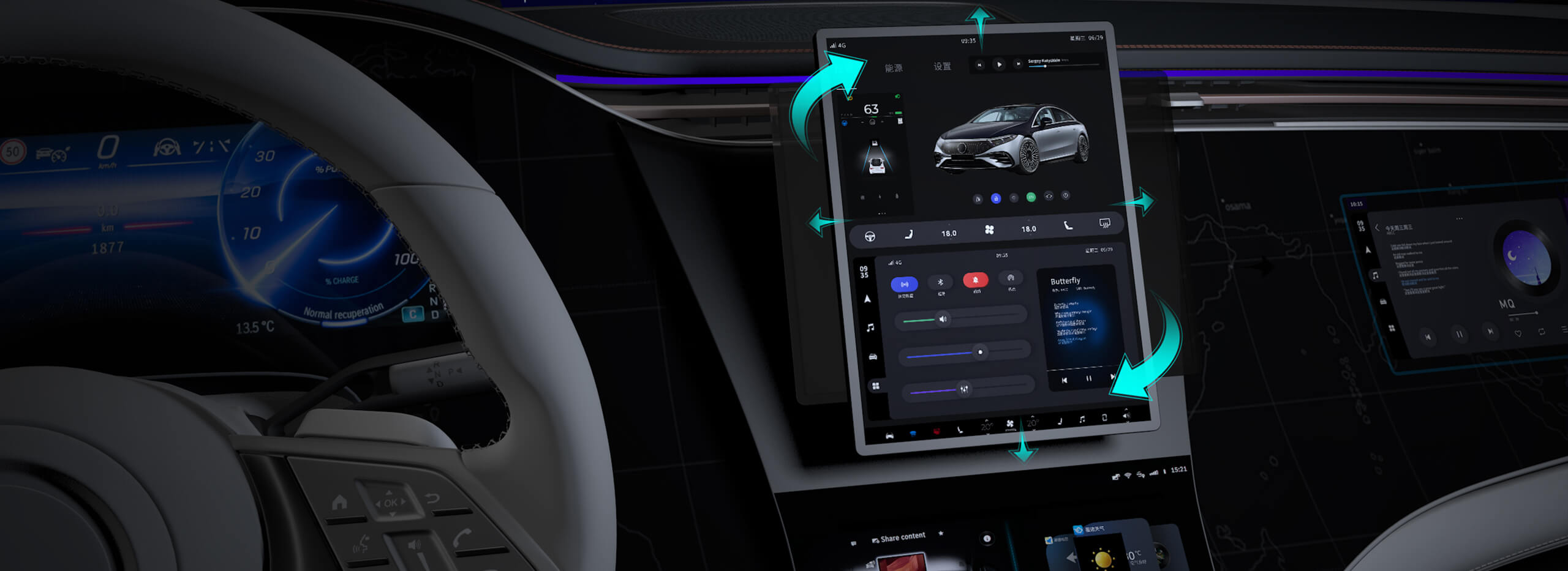Imagine you're designing a robotic arm for precision tasks, maybe in a high-tech manufacturing line, and you're thinking about how to make that movement smooth, reliable, and efficient. That's where a solidworks model of a servo motor steps into the picture. It's not just a 3D image; it’s a complete virtual replica of the real thing, allowing engineers to test and tweak before ever laying a finger on actual hardware.

Now, what makes crafting a servo motor model in SolidWorks so appealing? Well, accuracy is everything. When you're using detailed CAD models, you get to see how the motor fits into your assembly, how it interacts with other components, and how it performs under different scenarios. You can simulate the torque, analyze the heat dissipation, and even visualize the wiring setup without lifting a single finger. It’s like having a mini lab inside your computer—saving time, cutting costs, and boosting confidence before production.
Suppose someone asks, "Is this model enough for real-world application?" Good question. A well-made SolidWorks servo motor model captures the key physical features—gear ratios, shaft dimensions, stator and rotor configurations—plus the mechanics and the moving parts. When you incorporate real data into your simulations—like voltage thresholds or response times—you get a pretty honest preview of how the actual motor will behave.
But let’s not forget the flexibility. Want to see what happens if you upgrade the gear ratio? Easy. You adjust the parameters, and the model updates in real-time. Curious about how different load conditions affect performance? Run those scenarios virtually. And because it’s digital, you can share the model with a team or merge it into larger projects without hassle.
Designers and developers often wonder, “Can this save me time?” Absolutely. Instead of waiting weeks for prototype parts and testing physically, you can simulate dozens of configurations in a matter of days. It accelerates the development cycle and minimizes costly errors. Plus, the visual clarity helps catch issues early—like slight misalignments or unexpected stress points—that might slip past a traditional inspection.
What about the future? As technology advances, these models get even smarter. They integrate with control algorithms, support fine-tuning of motor behaviors, and provide vital data for factory automation. It's like having a digital twin that grows smarter with every simulation.
Choosing a high-quality servo motor model in SolidWorks means investing in precision and peace of mind. It’s about turning complex ideas into manageable, visual projects that work before they’re built. When you visualize your motor’s performance, you’re setting the stage for success in innovation, efficiency, and ultimate reliability. That’s not just a tool—it’s a pathway to better design, better products, and smarter engineering for the future.
Established in 2005, Kpower has been dedicated to a professional compact motion unit manufacturer, headquartered in Dongguan, Guangdong Province, China. Leveraging innovations in modular drive technology, Kpower integrates high-performance motors, precision reducers, and multi-protocol control systems to provide efficient and customized smart drive system solutions. Kpower has delivered professional drive system solutions to over 500 enterprise clients globally with products covering various fields such as Smart Home Systems, Automatic Electronics, Robotics, Precision Agriculture, Drones, and Industrial Automation.




































